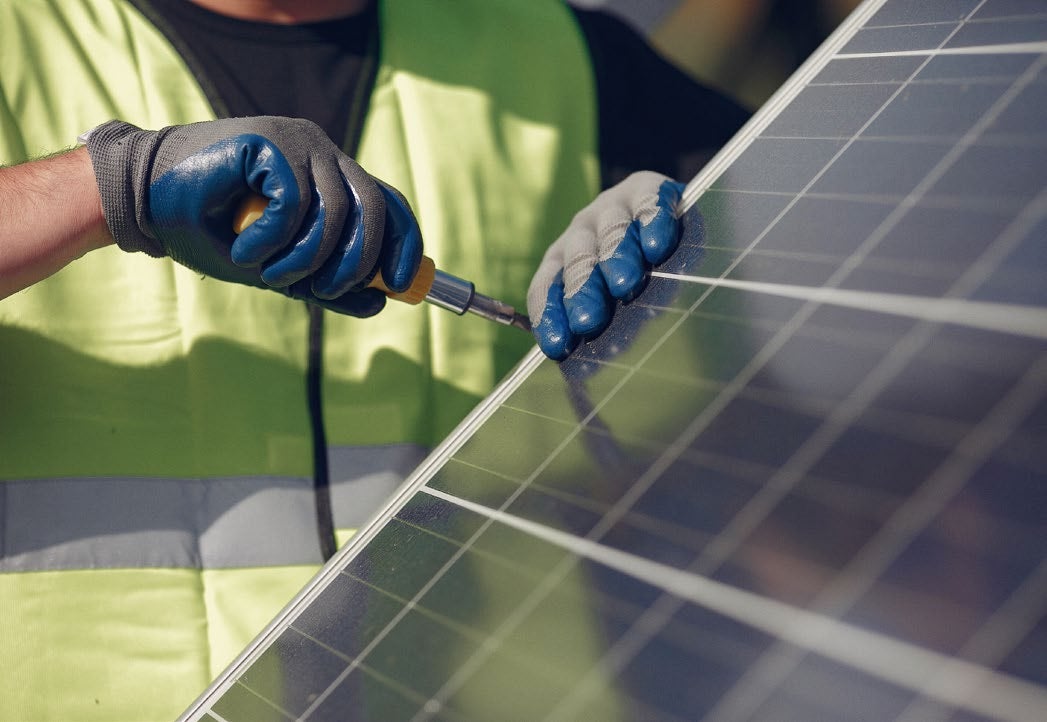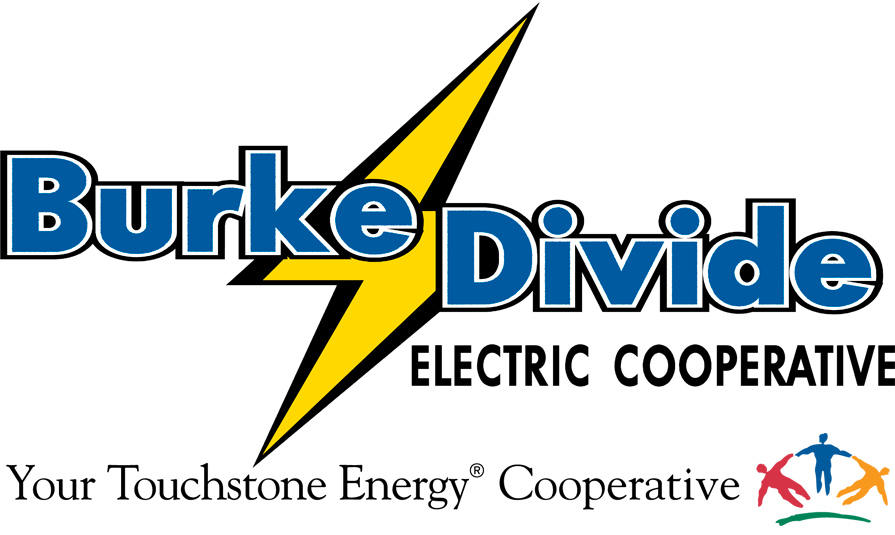 Electric cooperatives maintain a safe, reliable electric grid to power the members they serve.
Electric cooperatives maintain a safe, reliable electric grid to power the members they serve.
But some electric cooperative members own electric generation systems, or they may be interested in purchasing or installing a system, such as solar panels, wind turbines, energy storage batteries or diesel generators.
Consumer-owned generation systems are known as distributed energy resources (DER). DER technologies generate or store electricity and are interconnected to a utility’s electric distribution system.
Because DER utilize the local distribution system and existing infrastructure, electric cooperatives set their own DER policies, which may include buyback rates for excess energy produced. Interconnection agreements are also required before members can safely connect their system to the local grid. The agreement is intended to ensure safe, reliable and quality electric service for all.
Electric co-ops are prepared to assist members with DER, while still maintaining the safety of the grid. If you’re considering a grid-connected DER for your home, contact Burke-Divide Electric Cooperative (BDEC) first. Members should review applicable metering rates and learn the co-op’s DER policies.
But be aware, members sometimes think they may save significant money, or even make money, by installing a DER system. And they become disappointed when that doesn’t happen.
Do your research
BDEC does not install solar generation systems for members. However, we will work with members and their contractors or agents to assist with the interconnection process. Members installing DER should conduct a site assessment and work with a qualified installer.
We want to help you choose a system that includes the safety and power quality components necessary to keep you, co-op crews and members of the community safe.
If a storm hits and a power outage occurs, DER must be able to properly disconnect from the electric grid to ensure lineworkers are not injured or electrocuted while restoring power.
For example, a solar panel pumping energy onto the grid while lineworkers are restoring power down the line could potentially put the safety of those lineworkers at risk.
Along with safety issues, equipment must also meet federal, state and local codes.
It is the responsibility of the member and contractor to determine the optimal DER capacity to fit the member’s needs.
Here is a tool that can help determine the size of a solar installation: https://pvwatts.nrel.gov.
Electric cooperatives also do not allow systems to be connected if there are submeters at the location. When submeters are present, it is impossible to accurately measure your electricity use. This is an important issue, because removing a submeter could result in increased expenses for the member.
Anyone with questions should contact BDEC.
Click here for Burke-Divide Electric Cooperative's Distributed Energy Resources (DER) policy information.
